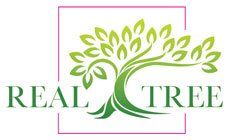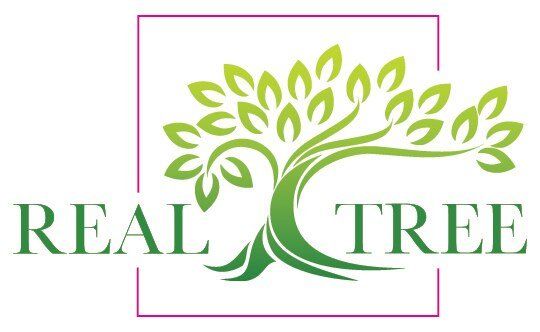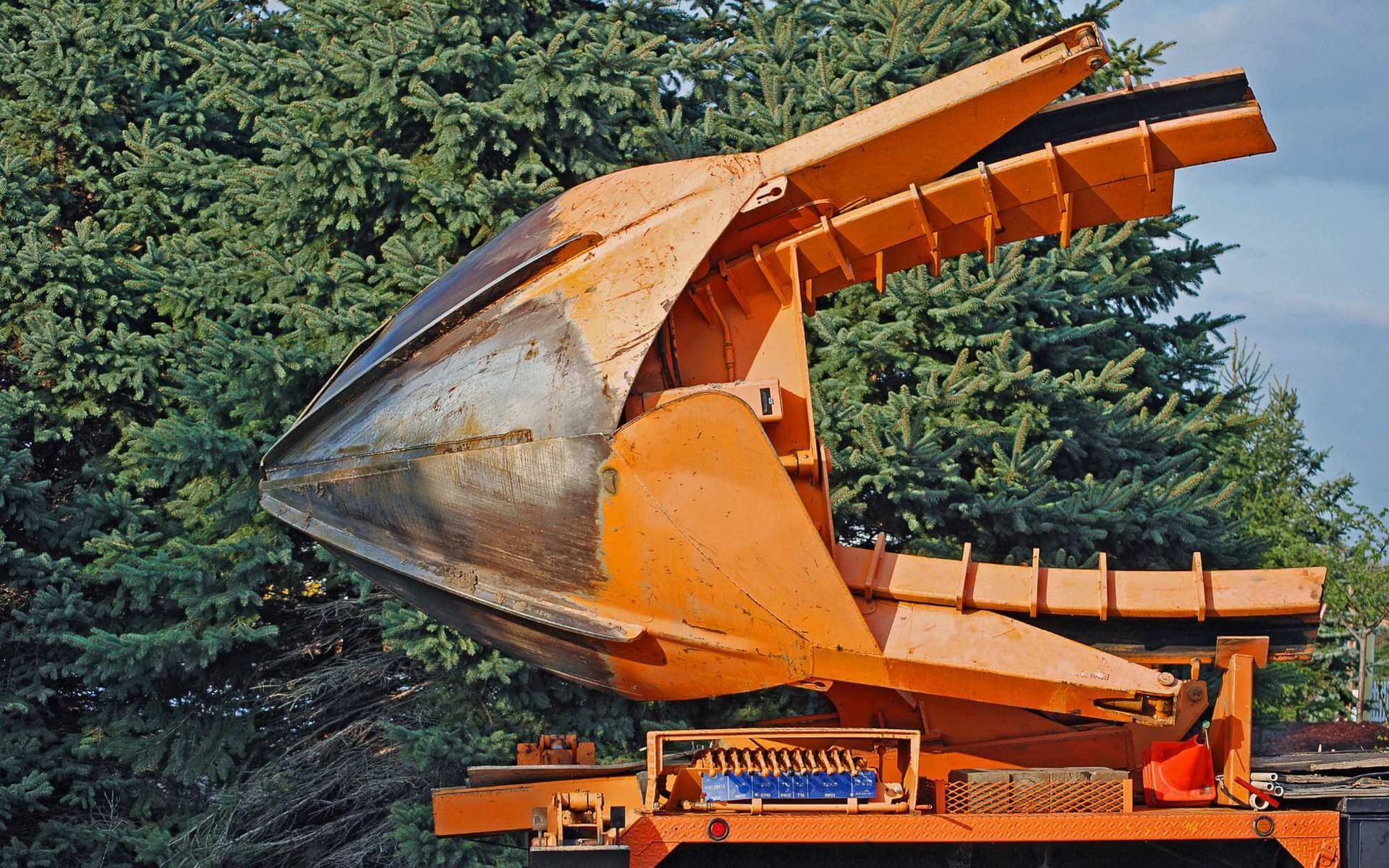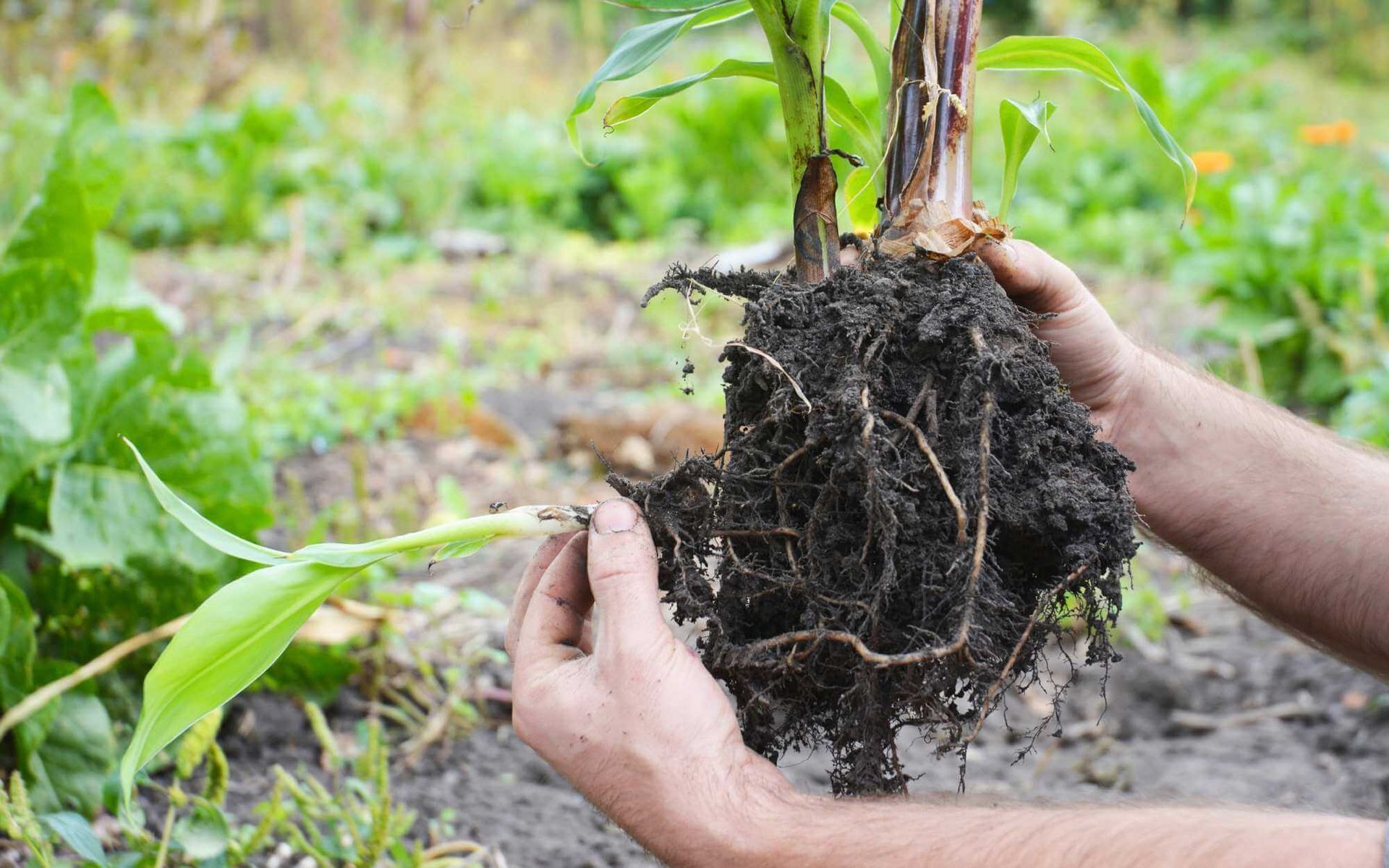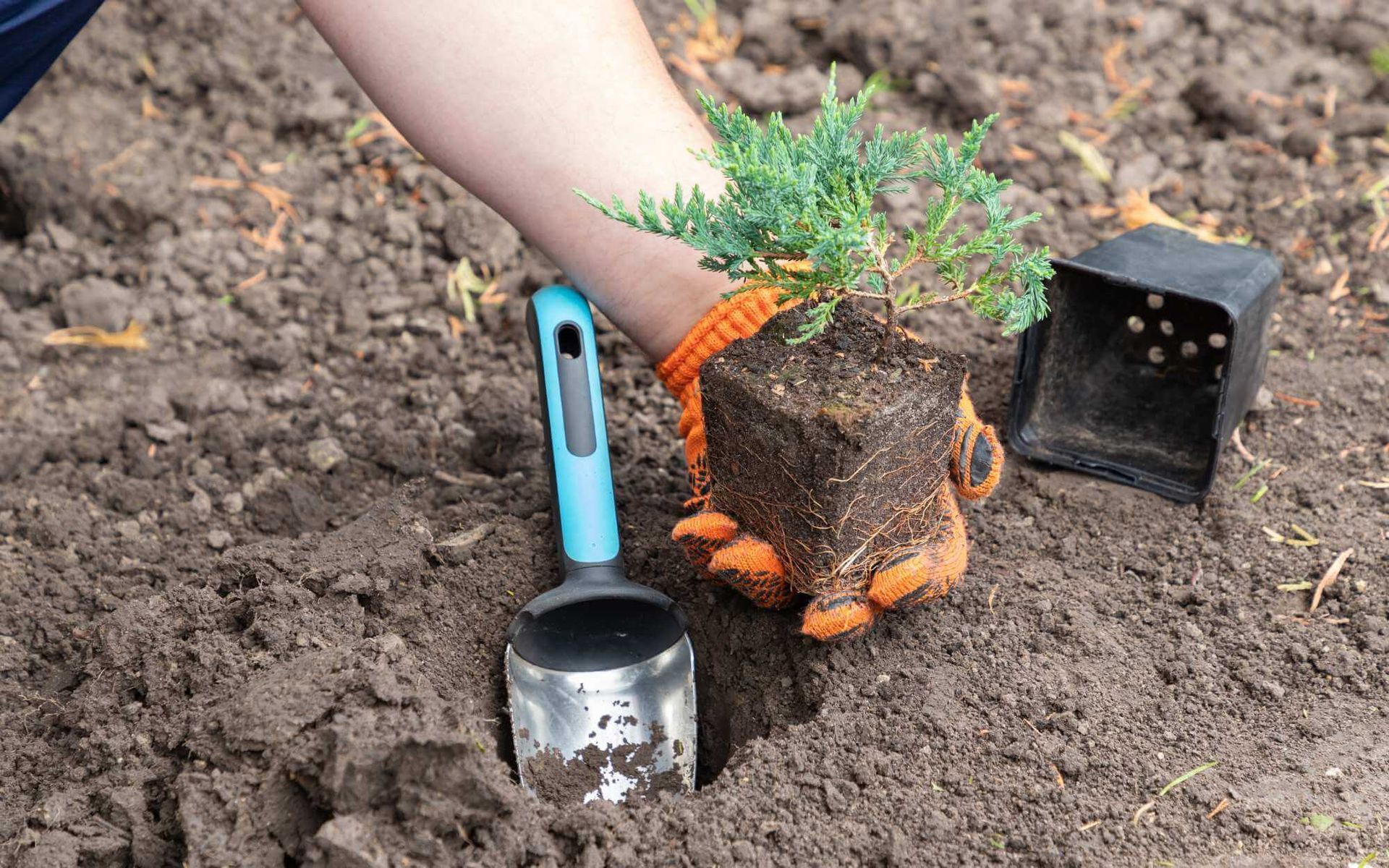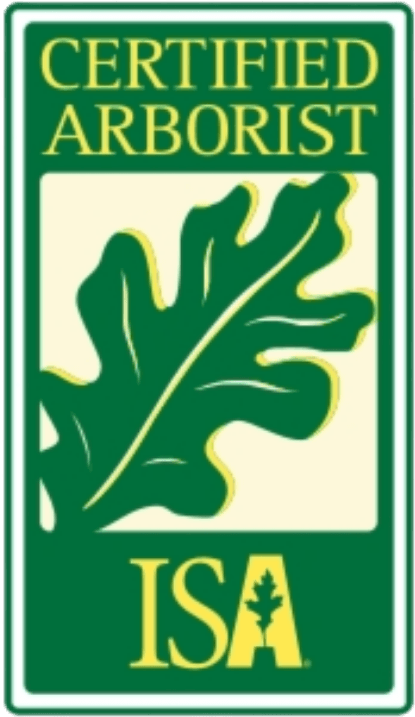Urban Landscape Management with Tree Growth Regulators
PUBLISHED ON
SHARE THIS ARTICLE
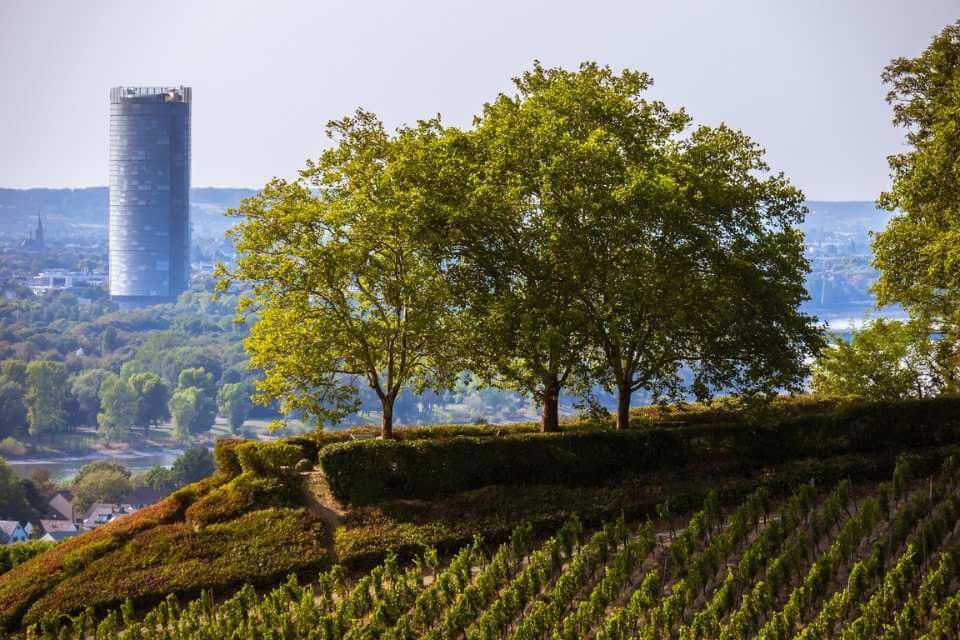
Urban landscape management stands as a beacon of green in the concrete jungles of our cities. They promote not just aesthetic value but also ecological balance.
The right management practices, including the use of tree growth regulators, ensure our urban trees grow optimally, contributing to healthier, more sustainable landscapes. These regulators aid in maintaining growth, vitality, and overall tree health, which are vital in the face of environmental stressors.
This blog will delve into
urban landscape management and explore the critical role of tree growth regulators in sustaining our precious urban green spaces.
Why Use Tree Growth Regulators for Urban Landscapes
Tree growth regulators (TGRs) work by slowing the growth of trees, redirecting energy from expansion to the strengthening of existing cells, and increasing resistance to disease and pests. This action helps prolong the life of the tree while reducing the need for frequent pruning, a boon in urban settings where tree maintenance can be costly and disruptive.
Moreover, TGRs improve drought and stress tolerance, which is essential in urban landscapes that often experience harsh conditions.
The use of TGRs in urban landscape management thus presents a win-win situation, promoting healthier, more resilient trees, and reduced maintenance costs, all while contributing to enhancing urban green spaces.
Key Applications of TGRs in Urban Management
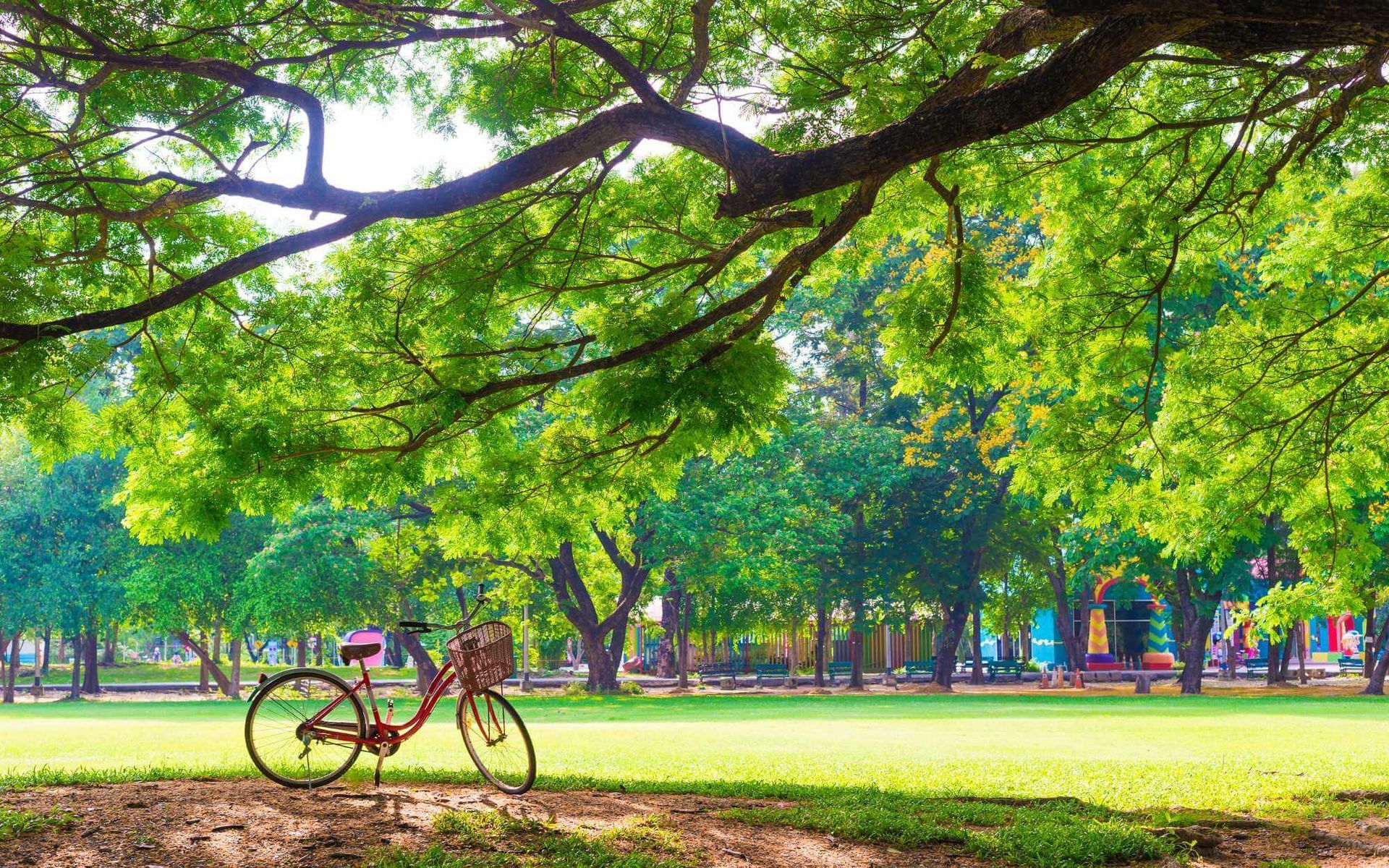
Let's delve into how plant growth regulators play a significant role in enhancing tree health, inhibiting tree size and shape, and managing tree canopy.
TGRs are crucial for enhancing tree health and vitality. By redirecting resources from rapid growth to strengthening, TGRs help fortify trees against diseases and pests, ensuring their long-term health and vigor. This contributes to the overall sustainability of urban landscapes, making them more robust and resilient.
Controlling tree size and shape for proper urban planning is another area where TGRs are invaluable. By regulating growth, TGRs allow for the precise shaping of trees to fit the urban landscape's design. This capability ensures that trees contribute positively to city aesthetics and harmony without causing disruption or inconvenience.
TGRs aid in managing the tree canopy and shade in urban areas. By controlling the tree's growth and size, TGRs allow for an optimal balance of shade and light in city spaces. This management of the canopy contributes to creating pleasant, livable urban environments while maintaining the ecological benefits that trees provide.
The use of TGRs also helps in
mitigating tree-related issues such as root growth and damage. By slowing down the tree's growth, TGRs reduce the rate of root expansion, thereby preventing damage to nearby structures and pavement. This root growth control is crucial in urban settings, where uncontrolled root systems can lead to costly repairs and maintenance challenges.
Best Practices for Urban Forest Management with TGRs
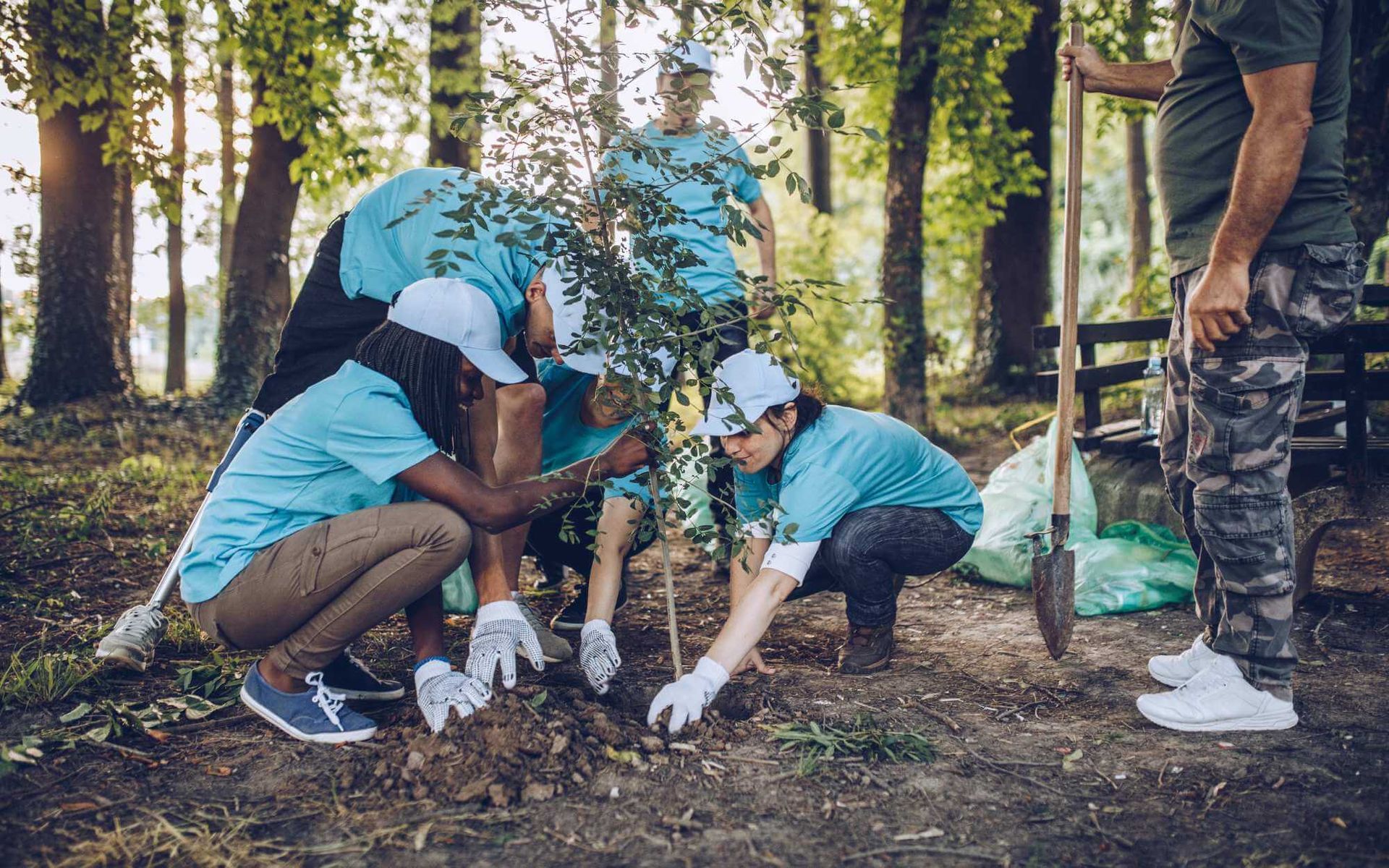
Here are some best practices for utilizing TGRs in urban forest management to achieve optimal results and maintain healthy, thriving trees.
Proper selection and application of tree growth regulators
Choosing the right TGR for the specific tree species and applying it correctly promotes optimal results. Various types of TGRs are available, each with different operating mechanisms. Identify the tree type and understand its growth characteristics to make appropriate TGR selections. Common application methods include soil injection or basal bark application.
Timing and frequency of application for optimal results
Timing is critical in TGR application. The best period typically coincides with the tree's active growth phase, which varies between species. Frequency, on the other hand, depends on the TGR's longevity and the specific objectives of tree management. While some trees may need annual applications, others might fare well with treatments every few years.
Monitoring tree health and growth can guide the determination of optimal application frequency.
Considerations for different tree species and environmental conditions
TGRs may have varying effects on different tree species. Factors such as age, size, health, and environmental conditions can impact the effectiveness of TGRs. For example, younger trees with more active growth may respond better to TGR treatments than older, established trees. Environmental factors such as soil type and moisture levels can also influence the results.
The Urban Landscape Management Revolution
Urban landscape management is essential for maintaining the ecological balance and aesthetic appeal of our cities. Tree growth regulators play a pivotal role in this process, enhancing tree health, controlling growth, and managing the canopy.
Urban managers, let's leverage TGRs to foster resilient, thriving urban environments, consciously shaping our cities for sustainability, beauty, and the well-being of all inhabitants.
Call our
professional arborists today to help you get started!
Want a free quote or some friendly advice? Call our team today:
